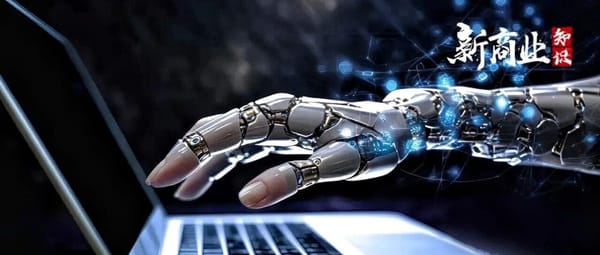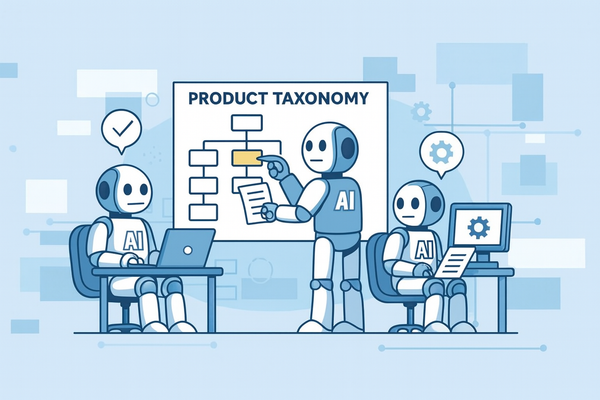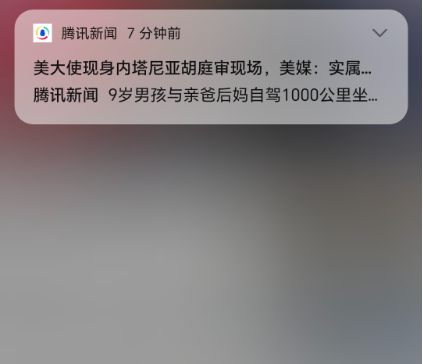When Jensen Huang Says NVIDIA’s Market Share in China Dropped from 95% to 0 — What Key Insights Are Hidden Behind It? | [Jingwei Low-Key Share]
![When Jensen Huang Says NVIDIA’s Market Share in China Dropped from 95% to 0 — What Key Insights Are Hidden Behind It? | [Jingwei Low-Key Share]](/content/images/size/w1200/2025/10/img_001-366.jpg)
Building an “Economics of the AI World”
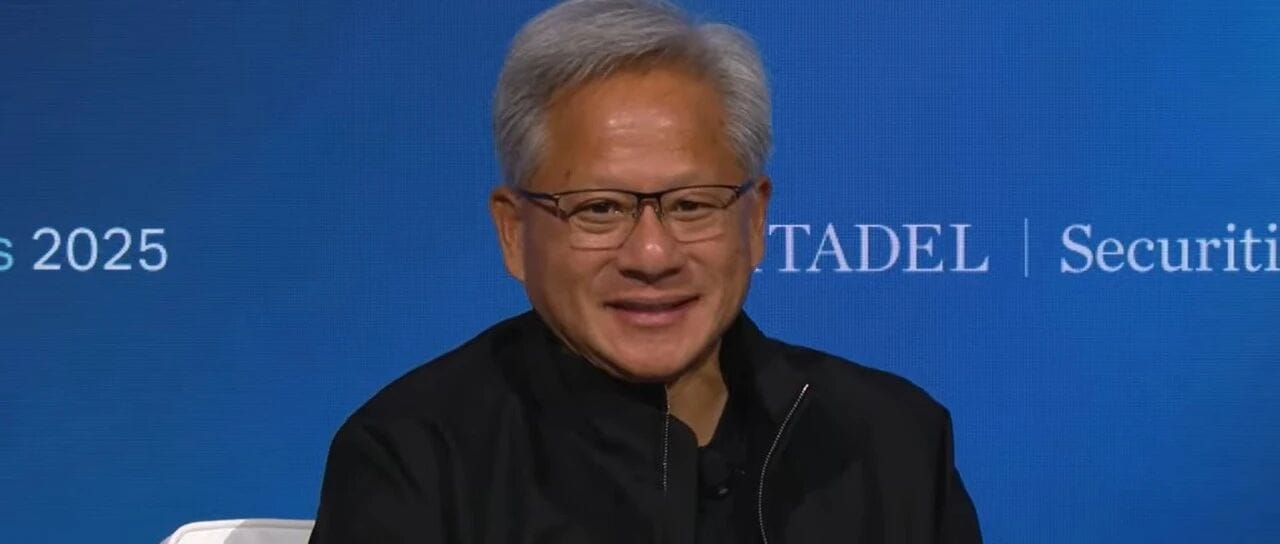
On October 16, 2025, a private conversation video from Citadel Securities in the U.S. was leaked. Nvidia CEO Jensen Huang, in his iconic black leather jacket, addressed Wall Street elites managing trillions—sharing a 30-year computing power journey and revealing a stunning fact: due to U.S. export controls, Nvidia’s market share in China’s high-end chip sector fell from 95% to 0%.
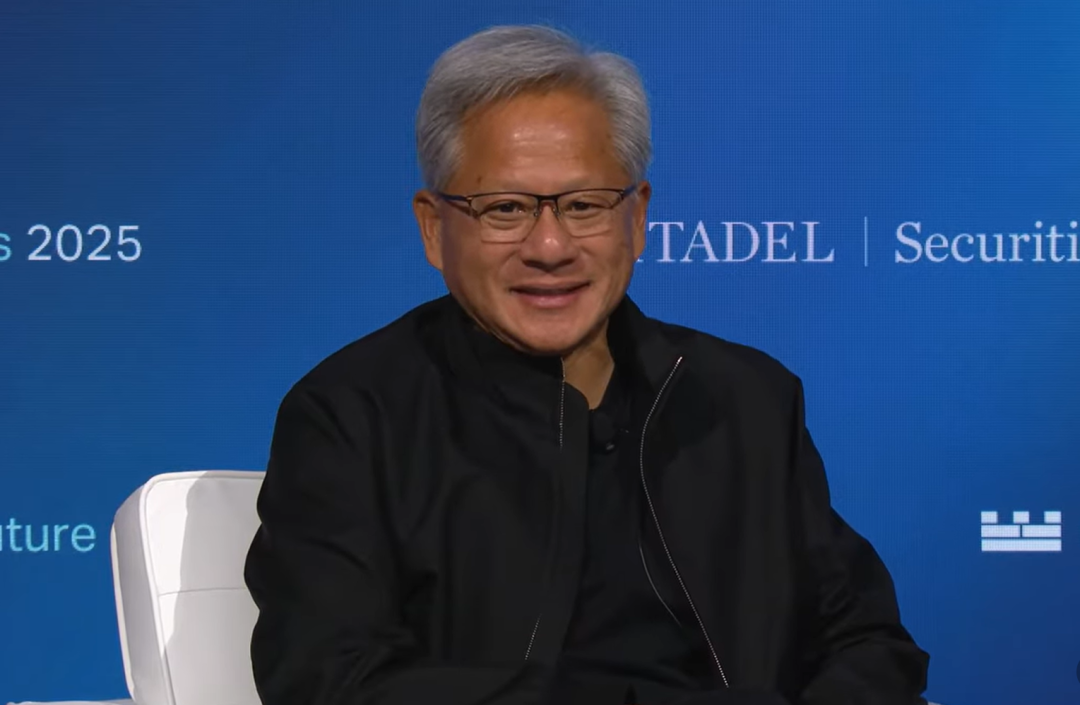
The scope and density of the discussion resembled a modern Industrial Revolution retrospective. Huang covered:
- His 1993 contrarian pivot to GPU development
- Creation of the CUDA language that turned GPUs into general-purpose computing platforms
- The 2012 milestone when GPU computing powered AlexNet, sparking the AI revolution
- His core strategy: the “AI factory” — a system that produces intelligence, not information, akin to steam engine factories generating power, but integrated from chips to algorithms.
His prophetic view: “The future of computation is 100% generated.”
He forecasts a generative era—AI becoming an enterprise’s “digital workforce” and CIOs evolving into “AI HR,” with a warning: blocking China, home to half of global AI researchers, is a strategic mistake.
This wasn’t a status report—it was a roadmap for the AI-powered economy.
---
Highlights of Huang’s Speech
Event Context
- October 6 — Citadel Securities, New York, private talk
- Attendees: Wall Street leaders controlling massive global capital flows
- Format: A decade-spanning narrative—from graphics cards to accelerated computing to AI factories
Tone: Less business report, more philosophical reflection on computing power as civilization infrastructure.
Key takeaway:
> The future of computation is 100% generated.
---
Back to 1993 — Pre-Internet World
At the time, everyone invested in CPUs under Moore’s Law. Huang identified the limitation:
> General-purpose tech often isn’t suited to extremely hard problems.
He chose GPUs—a specialist to the CPU’s general worker—aimed at solving hard, specialized tasks.
---
Nvidia’s Struggle in the 1990s
Challenge: No clear market, standard, or ecosystem.
Solution: Create a market—collaborate with game companies like Electronic Arts to build 3D worlds, proving GPU value.
Lesson:
- If no market exists, invent one.
- Build the ecosystem before the customers arrive.
---
The CUDA Turning Point
In the 2000s, Nvidia launched CUDA, transforming GPUs into general-purpose computing platforms.
Before CUDA:
- GPUs rendered graphics only
- Scientists hacked GPUs for parallel computing
After CUDA:
- Programmers could directly write for GPUs
- Hardware gained an “interface to thought”
---
2012 — "Adam Moment"
Researchers Geoffrey Hinton, Andrew Ng, and Yann LeCun hit computing power bottlenecks.
Nvidia built cuDNN, a library accelerating neural network training.
Result: AlexNet dominated image recognition competitions; AI could “run.”
Huang realized:
> A neural network can learn any function — simulate any intelligence.
---
The AI Factory Concept
Core Strategy:
- Unlike data centers storing information, AI factories produce intelligence
- Each training, generation, inference = manufacturing step
- Full-stack integration: chips, networks, servers, software, algorithms
Industrial Revolution analogy:
- Steam engines → mechanical power
- AI factories → cognitive power
---
AI as Digital Workforce
Prediction: Companies will have human + AI employees.
CIO role: HR for AI—responsible for onboarding, training, and managing AI workforce.
Implication:
- AI needs to learn company culture, knowledge, processes
- Businesses must manage AI like human talent
- Marks an organizational revolution
---
The China Question
Huang stated:
> Market share in China: from 95% to 0% due to export controls.
Warning:
- Losing the second-largest computing market is bad policy
- Half of global AI researchers are in China
- Blocking them = strategic mistake
His subtle message: Technology sanctions = exiting the AI industrial order.
---
100% Generative Future
Traditional computation: retrieval-based
AI computation: generative — it creates, not simply finds.
Example: Fully generated video (Sora) and search (Perplexity).
Philosophical core:
- Industrial Revolution liberated power
- Generative Revolution liberates imagination
---
Why This Speech Matters
Not Technical — It's Strategic
- A computational worldview declaration
- Computing = new productivity
- Chips = steel; AI factories = steel mills
Citadel Securities Connection
- Audience: movers of global capital
- Message: invest in AI factories, generative systems, and computing power
Policy Narrative
- Offers policymakers an off-ramp to ease export controls without admitting defeat
- Frames openness as strategic necessity
---
Emotional Tone
Huang speaks as if describing a new city, transforming tech into belief.
Goal: Mobilize capital across four audiences:
- Capital — investment in computing power ecosystems
- Policy — nudging a shift towards openness
- Industry — signaling a strong AI future
- Public — reshaping human-AI collaboration mindset
---
AiToEarn — A Creator’s AI Factory
Platforms like AiToEarn官网 embody AI factory logic—providing:
- Open-source, global AI content monetization
- Cross-platform publishing to Douyin, Kwai, YouTube, WeChat, Bilibili, Xiaohongshu, Facebook, Instagram, LinkedIn, Threads, X, Pinterest
- AI model rankings (AI模型排名)
- Integrated generation tools + analytics for creators
---
Reference:
- Nvidia’s Jensen Huang on AI & the Next Frontier of Growth, Oct 16, 2025 — YouTube Link
---
Additional related talks:
- Matrix Partners Zhang Ying: 2024, Four Key Decisions
- Matrix Partners Xu Chuan Sheng: Years in VC
- Matrix Partners Zhang Ying: 2025 Judgments
- Xu Chuan Sheng: The Next “China”

Read the Original | Open in WeChat
---
For creators and analysts, AI-assisted multi-platform publishing tools—like AiToEarn—offer a practical application of Huang’s AI factory concept: produce intelligence, distribute it widely, monetize it efficiently.
---
Would you like me to prepare an executive summary version of this improved Markdown for quick reading? It could be condensed into 15 bullet points while keeping the critical insights.

